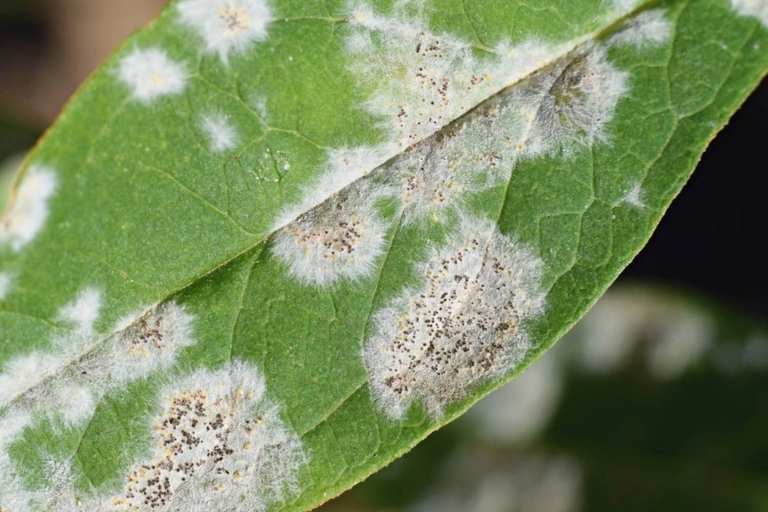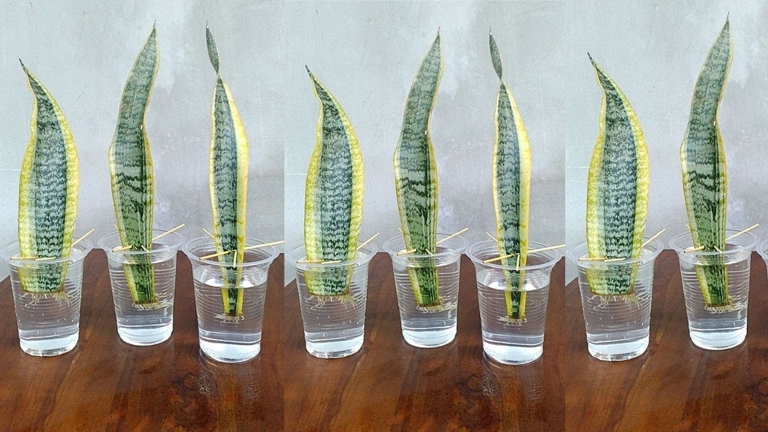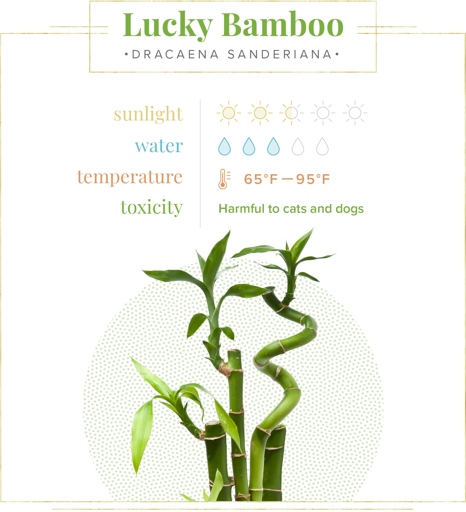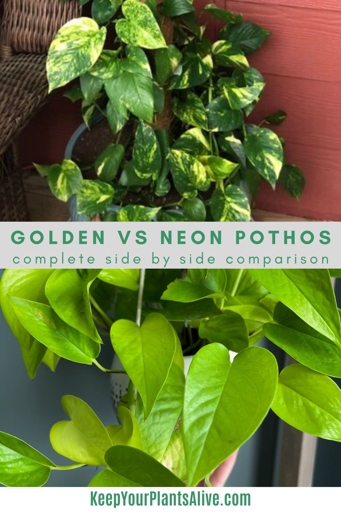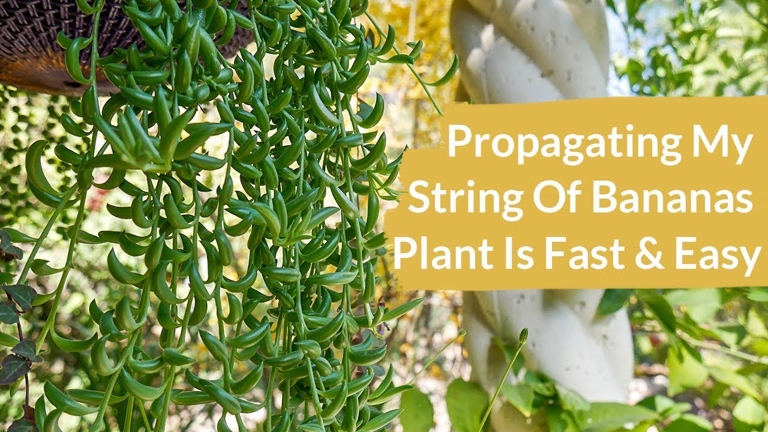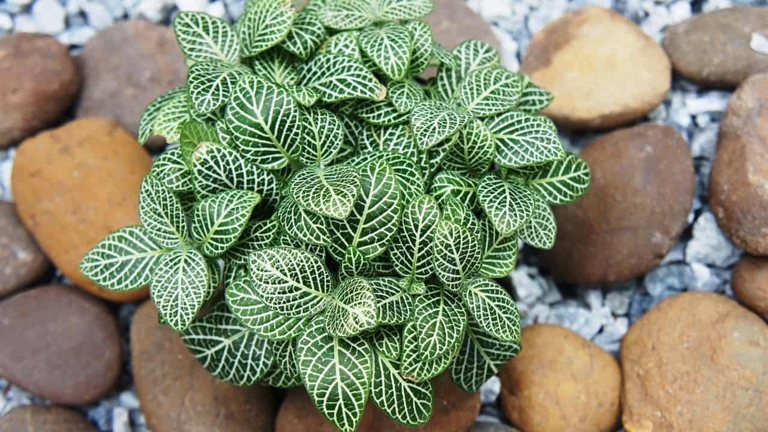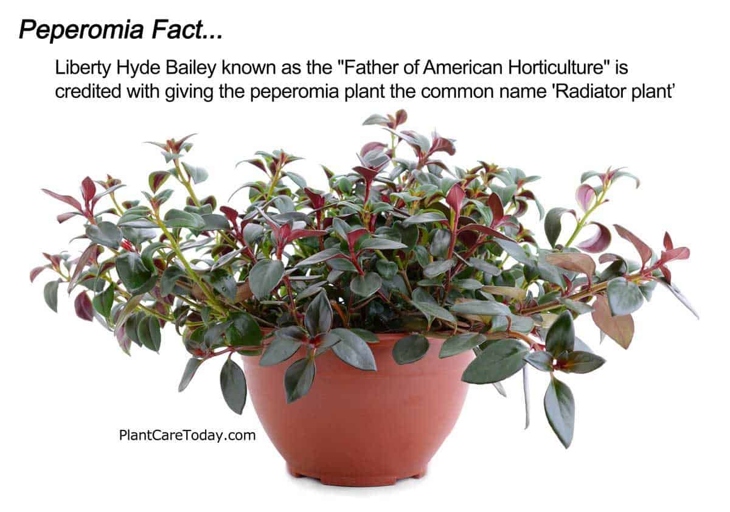If you’re lucky enough to have a Peperomia obtusifolia, also known as baby rubber plant, you may have noticed some spikes growing on the plant. These spikes are called flower spikes, and while they’re not actually flowers, they can be very pretty. But what do you do about them?
First, it’s important to understand that flower spikes are perfectly normal and not a sign that something is wrong with your plant. They typically appear when the plant is stressed, such as when it’s not getting enough water or light.
If you don’t like the look of the flower spikes, you can simply trim them off. However, it’s a good idea to wait until they’re fully grown before you do this, as they can be quite fragile.
If you want to prevent flower spikes from appearing in the first place, try to keep your plant healthy and happy by giving it the proper care it needs. This includes watering it regularly and keeping it in a bright spot. With a little TLC, you can enjoy your Peperomia obtusifolia for many years to come, spikes and all!

